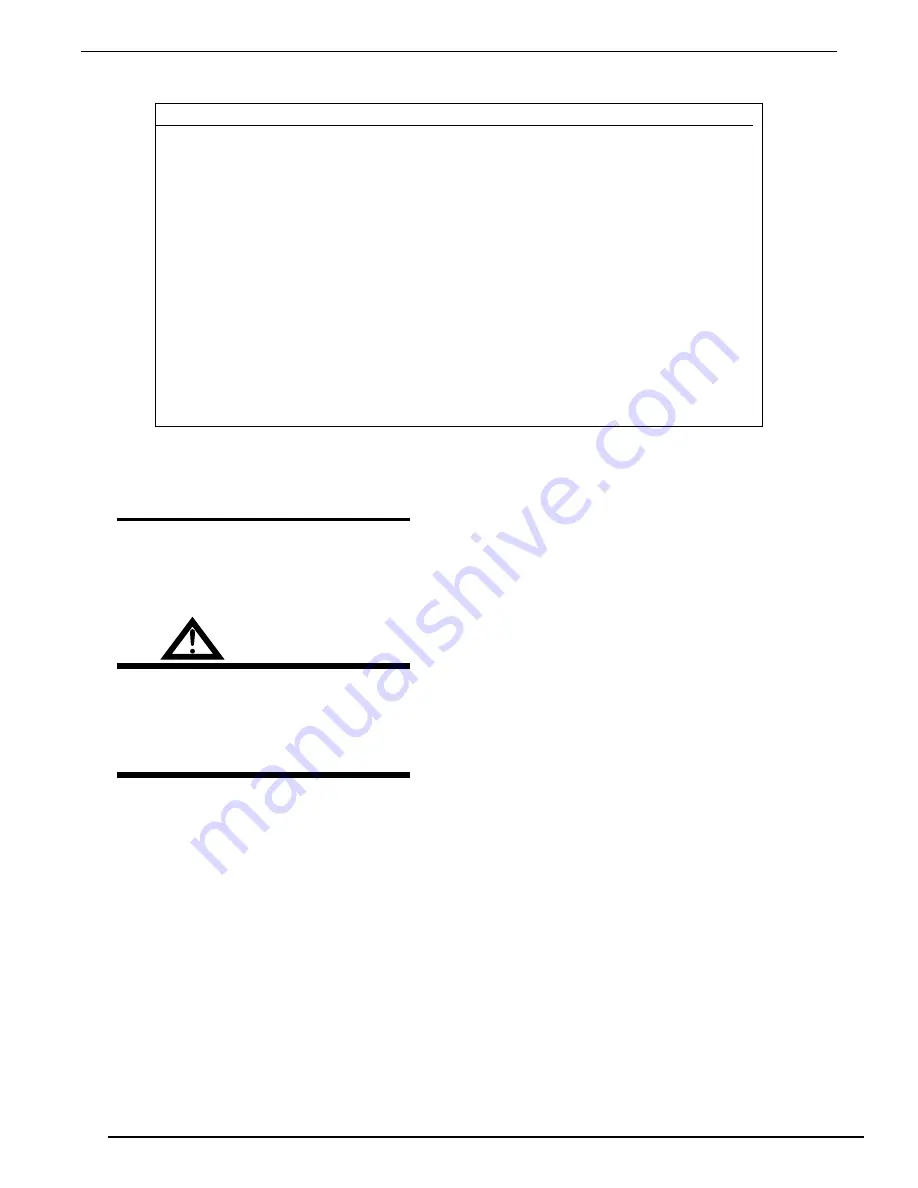
wire cutting station
1-3
sM-qWt-120
safety instRuctions and WaRnings
1.02 Principal Safety Standards
1.03 Safety and Health
NOTE
be sure to read and fully comprehend the safety
instuctions and warnings contained within
section 1 of this manual before performing
any welding or cutting operations.
WARNING
seRious injuRy oR death May Result if
Welding and cutting equipMent is not
pRopeRly installed, used, and Maintained.
Misuse of this equipMent, oR otheR unsafe
pRactices, can be hazaRdous.
Electric shock can cause injury or death.
Smoke, fumes, and gases can be dangerous to your
health.
Arc rays, hot slag, and sparks can injure or burn
unprotected eyes and skin.
Welding sparks can cause fires and explosions.
Excessive noise can damage your hearing.
•
•
•
•
•
SAFETY AND OPERATING REFERENCES
1. Code of Federal Regulations. (OSHA)
Section 29 Part 1910.95, 132, 133, 134, 139, 251, 252, 253, 254 and 1000.
U.S. Government Printing Office, Washington, DC. 20402.
2. ANSl Z49.1 “Safety In Welding and Cutting”.
3. ANSI Z87.1 “Practice for Occupational and Educational Eye and Face Protection”.
4. ANSl Z88.2 “Standard Practice for Respiratory Protection”.
American National Standards Institute, 1430 Broadway, New York, NY. 10018.
5. AWS F4.1 “Recommended Safe Practices for Welding and Cutting Containers”.
6. AWS C5.3 “Recommended Practices for Air Carbon-Arc Gouging and Cutting”.
The American Welding Society, 550 NW Lejeune RD., P.O.Box 351040, Miami FL. 33135.
7. NFPA 51B “Fire Prevention in Cutting and Welding Processes”.
8. NFPA-7 “National Electrical Code”.
National Fire Protection Association, Battery Park, Quincy, MA. 02269.
9. CSA W117.2, “Safety in Welding, Cutting and Allied Processes”.
Canadian Standards Association, 178 Rexdale Blvd., Rexdale, Ontario, Canada M9W 1R3.
















